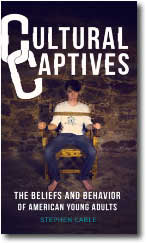How do we respond to calls to discuss justice in the church? Not only is this a hot issue right now, but it is a critical issue to discuss. Because it is crucial, we need to address it in the church.
Approaching the Conversation
Primarily, we need to be intentional about how we approach the conversation (and yes it should be a conversation, not just one person teaching or giving a monologue). First, we need to be extra intrigued as to why others think differently than we do. We need to let them talk and accept their reactions as genuine. We need to stay away from rejecting what is being told by attributing a bad intention.
Second, we need to take note of whether we are processing the information as facts, filters, or identity{1} on our part individually, but as well look to know where others are coming from and why. Our goal should always be understanding, not only of issues but also of other people’s perspectives.
Third, we need to be interested and ask questions, not to beat the other person but to seek reciprocal knowledge regarding why we differ or where the disagreements and pressure points are.
Fourth, we need to learn reflective listening, to correctly rephrase what we hear others to be saying in the tricky moments in a manner that reassures the other person: “This is what I hear you saying. Did I get it right? Do I understand you correctly?” The importance at this point is that the other person gets to decide whether he/she is being understood. By engaging in these approaches, what is hopefully conveyed to others is that the fundamental purpose of our discussion is to dialogue—to understand each other, not only find out who is correct.{2}
Defining Terms
As with almost any discussion today, I think it is necessary to define terms. This discussion especially calls for defining the term “justice” before we can even begin. For instance, when having this discussion are we saying merely “justice”, or the now popular term “social justice”, or a seemingly Christian claim to “biblical justice?” This alone takes up a good chunk of the discussion. Read how one popular journalist describes this dilemma: “I put on my prospector’s helmet and mined the literature for an agreed-upon definition of social justice. . . . What I found,” he bemoans, “was one deposit after another of fool’s gold. From labor unions to countless universities to gay rights groups to even the American Nazi Party, everyone insisted they were champions of social justice.”{3}
The word justice in Scripture means to prescribe the right way, {4} and the two key metaphors used in Scripture are level scales and an even path (Deuteronomy 16:18-20; Isaiah 1:16-17; Amos 5:21-25; Matthew 23:23). Now any variation of justice could refer to Christian attempts to eradicate human trafficking, help the inner-city needy, creating hospitals and orphanages, overturn racism, and safeguard the unborn. I propose we call this biblical justice and use a definition provided by pastor, speaker, and author Dr. Tony Evans: “The equitable and impartial application of the rule of God’s moral law in society.”{5} He arrives at this definition because God’s ways are just (Deuteronomy 32:4) and He is the supreme lawgiver (James 4:12), therefore His laws and judgments are just and righteous (Psalm 19:7-9; 111:7-8). Furthermore, they are to be applied with no partiality (Deuteronomy 1:17; Leviticus 19:15; Numbers 15:16).
What is social justice then? Recently, social justice has brought on an exceptionally charged political meaning. It turned into a brandishing poster for groups like Antifa, which finds physical aggression against persons who believe differently as both morally justified and tactically successful, and praises its underreported verbal beatings. Social justice is the brandishing poster for universities across the country where the “oppressor vs. oppressed” narrative of Antonio Gramsci and the Frankfurt School (Note: Oppression is a biblical term. The prophets precede these authors by millennia! The term or its presence in the world is not automatically in this area.), the deconstructionism of Michel Foucault and Jacques Derrida, and the gender and queer theory of Judith Butler have been inserted into the very definition of the term.{6}
As Evans summarizes,
Social justice has become a convoluted term meaning different things to different people. It is often used as a catchphrase for illegitimate forms of government that promote the redistribution of wealth as the collectivistic illegitimate expansion of civil government, which wrongly infringes on the jurisdictions of God’s other covenantal institutions (family and church).{7}
However biblical the roots of the term social justice are, it has been hijacked (still as some might criticize what is going on for other reasons). There is a concern labels can oversimplify matters and make binary classifications. Pitting “biblical justice” against “social justice” brands is making binary means of seeing ideas and dangers, creating a false dichotomy. Certainly, there are things that the “social justice” group is doing that is other than the biblical response to advocating justice. However, several of the concerns that they are raising are reasonable. One of the troubles is that they are recommending political solutions to problems that are beyond complicated and in the end need God’s divine change of individual hearts. But labels can also clarify distinctions between various models. Therefore, for the sake of clarity, I propose when we are discussing justice, we aim for the meaning of biblical justice. After clarifying and defining terms, we would want to check and make sure all interested parties are on the same page.
CRT
Now I we need to address Critical Race Theory (CRT) because I believe these ideas are a problem that infiltrate Christian thinking and the church. Legal scholar and law professor Richard Delgado defines CRT:
The critical race theory (CRT) movement is a collection of activists and scholars engaged in studying and transforming the relationship among race, racism, and power. The movement considers many of the same issues that conventional civil rights and ethnic studies discourses take up but places them in a broader perspective that includes economics, history, setting, group and self-interest, and emotions and the unconscious. Unlike traditional civil rights discourse, which stresses incrementalism and step-by-step progress, critical race theory questions the very foundations of the liberal order, including equality theory, legal reasoning, Enlightenment rationalism, and neutral principles of constitutional law. {8}
I think we can all agree racism is bad, and because CRT has been pushed to the forefront and claims to deal with the issue of racism, it has been extremely easy for Christians to adopt a terrible framework with good intentions. This needs to be corrected. Otherwise, it remains an elephant in the room especially for Neo-Fundamentalist Evangelicals and Mainstream Evangelicals (as defined by Michael Graham here).
As pastor and theologian Dr. Voddie Baucham points out, the movement has several qualities of a cult, including keeping near enough to the Bible to prevent instant exposure and concealing the truth that it has a different theology and a novel lexicon that deviates from Christian orthodoxy. In traditional cult style, they steal from the common and acknowledged, then immerse it with different connotation. {9} The worst part about this theory is there is no final solution to the problem. CRT just offers an endless cycle of division and racism at worst. At best, it draws attention to the sin of racism.
There is much more that can be said on this, and I would suggest anyone who wants to explore this more read the books listed in my bibliography below. Most of them cover CRT in some fashion.
Does Focusing on Biblical Justice Get Us Off Mission?
I want to address the concern of whether focusing on biblical justice gets the church off mission. I think the mission of the church is to equip the saints and make disciples. That is a broad vision. The question is still whether focusing on biblical justice is part of that mission. If it is not already clear in the definition of the term above (even the name biblical justice supplies a hint to this answer), I would like to clearly and explicitly answer whether this is part of the mission of the church.
The responsibility of the church is to perform biblical justice for the poor, orphans, widows, foreigners, enemies, oppressed, hungry, homeless, and needy. Scripture concerns biblical justice particularly to these parties as a main matter; for it is these parties that best denote the powerless in the world and take the burden of injustices. The church is not to harm or ostracize the poor (James 2:15-16), or to have status and racial prejudice (Galatians 2:11-14). Instead, the church is appointed to take on the basic needs of the disadvantaged. I would also point out (particularly for the Evangelical Christians) this does not mean promoting reckless handouts, which the Bible rigorously forbids (2 Thessalonians 3:10; Proverbs 6:9-11; 10:4; 13:18; 30-34).
Furthermore, Probe Ministries President Kerby Anderson made a marvelous point (to me over email) regarding Christians in the workforce: “ALL Christians are to be salt and light. But believers who are CALLED to positions related to justice (judges, lawyers, law enforcement, political leaders) are to use their gifts to promote justice. Not only is that not OFF MISSION, but it is exactly their mission in their job.”
Ultimately, doing justice satisfies the two highest commandments granted to us by Jesus: to love God and love others (Matthew 22:37-40). “Biblical justice is a foundational part of fulfilling the purpose of the church as intimated by the heart of God. It is a result of God’s people becoming one through being what God has called us to be and participating in what He has called us to do—justice.”{10}
Asians and Other Minorities
Usually, at least in our environment, the discussion about racial friction is likely a black/white discussion, although lately it has come to be obvious that this is not only a black-and-white discussion. Often, people of Asian background are not being addressed in any way. Now the COVID pandemic ignited some racial prejudice and hatred against Chinese individuals and other Asian individuals. What we are getting more in the news and social media is that for Asians, issues have shifted, and matters appear to be extremely different for them. So, you look at these events and, I believe for certain individuals, they are living with more concern since, whether they have faced that sort of prejudice, they are watching it being discussed in the news and on social media. So, for those that are reading this and even considering this for the first time, I want to point out what is truly a shortage of emotional quotient in the sense we relate with each other. Jesus speaks, “treat people the same way you want them to treat you.” {11} One of the shifts of philosophy demands that we manage to stop seeing people through a lens of stereotypes that we have, and see the one we are relating with individually. I believe it is extremely useful to think about our longing to develop the proper sort of community in our church. The further we take part and understand the various types of life encounters and experiences that individuals have, the richer we will be as we communicate with individuals.
Recommendations for the Church
As Tony Evans says, “Theology must never be limited to esoteric biblical conclusions void of practical strategies for bringing God’s truth to life through our obedience and good works.”{12} The church needs to take the lead in creating unity through clearly showing it in our lives. What I would recommend the church does is follow this three-point plan: {13}
1. Assemble: Unified Hallowed Meeting
Build a community-wide pastors’ group that meets consistently and holds a yearly sacred gathering (Isaiah 58:1-12; Ephesians 2:11-22).
a. Begin or enter a racially and denominationally varied community of kingdom-inclined pastors in our community region. A national group has already been formed at letstalklive.org/.
b. Come together consistently with kingdom-inclined pastors to improve relations, offer reciprocal support and to meet the demands of one another.
2. Address: Unified Caring Tone
Aggressively cultivate disciples who speak out with unified messaging, presenting biblical truths and answers on current social problems (John 17:13-23; Matthew 28:16-20).
a. Pursue common ground and common goals that encourage biblical answers to current problems needing to be tackled, instead of becoming caught on the areas of conflict. Demonstrate grace.
b. Hold conversation groups and prayer meetings to discover biblical responses to social problems.
3. Act: Unified Community Affect
Jointly organize our church to achieve a noticeable spirit of continuing good works enhancing the good of underserved neighborhoods (Jeremiah 29:5-7; Matthew 5:13-16).
a. Create a group for business leaders who would like to help in establishing work prospects and economic growth for underserved areas.
When we work together to Assemble, Address, and Act for God’s kingdom in the public, we will create a larger effect as one. The extent of our unity will affect the extent of our influence.
Notes
1. Darrell L. Bock, Cultural Intelligence (Nashville, TN: B&H Academic, 2020), 54-58.
2. These approaches and intentions are adapted from Bock, Cultural Intelligence, 59-60.
3. Jonah Goldberg, “The Problem with ‘Social Justice,’” Indy Star, February 6, 2019, www.indystar.com/story/opinion/2019/02/10/jonah-goldberg-the-problem-social-justice/2814705002/.
4. Tony Evans, Oneness Embraced (Chicago, IL: Moody Publishers, 2022), 328.
5. Evans, 329.
6. Thaddeus J. Williams, Confronting Injustice without Compromising Truth (Grand Rapids, MI: Zondervan, 2020), 4-5.
7. Evans, 328.
8. Richard Delgado, Critical Race Theory, Third Edition. NYU Press. Kindle Edition, p. 3.
9. Voddie T. Baucham Jr., Fault Lines (Washington, D.C.: Salem Books, 2021), 67.
10. Evans, 335.
11. New American Standard Bible: 1995 Update (La Habra, CA: The Lockman Foundation, 1995), Matthew 7:12.
12. Tony Evans, Kingdom Race Theology (Chicago: IL: Moody Publishers, 2022), 89.
13. Adapted from Kingdom Race Theology, 100.
Bibliography
Baucham Jr., Voddie T. Fault Lines, Washington, D.C.: Salem Books, 2021.
Bock, Darrell L. Cultural Intelligence. Nashville, TN: B&H Academic, 2020.
Delgado, Richard. Critical Race Theory, Third Edition. NYU Press. Kindle Edition.
Evans, Tony. Kingdom Race Theology. Chicago: IL: Moody Publishers, 2022.
Evans, Tony. Oneness Embraced. Chicago, IL: Moody Publishers, 2022.
Goldberg, Jonah. “The Problem with ‘Social Justice.” Indy Star. February 6, 2019.
www.indystar.com/story/opinion/2019/02/10/jonah-goldberg-the-problem-social-justice/2814705002/.
New American Standard Bible: 1995 Update. La Habra, CA: The Lockman Foundation, 1995.
Williams, Thaddeus J. Confronting Injustice without Compromising Truth. Grand Rapids, MI: Zondervan, 2020.
©2022 Probe Ministries

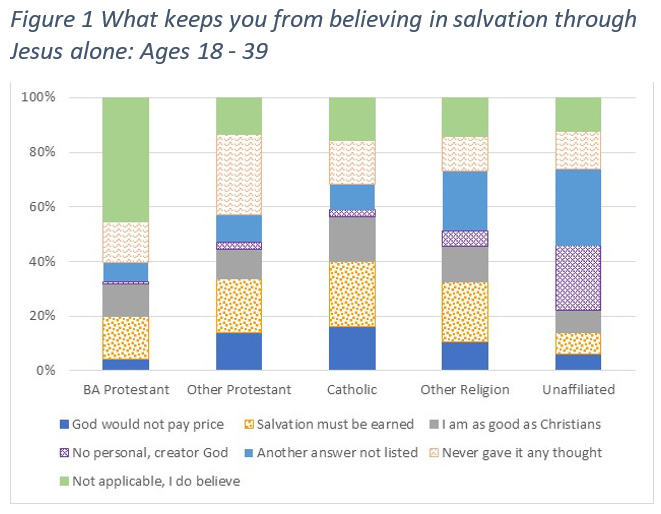
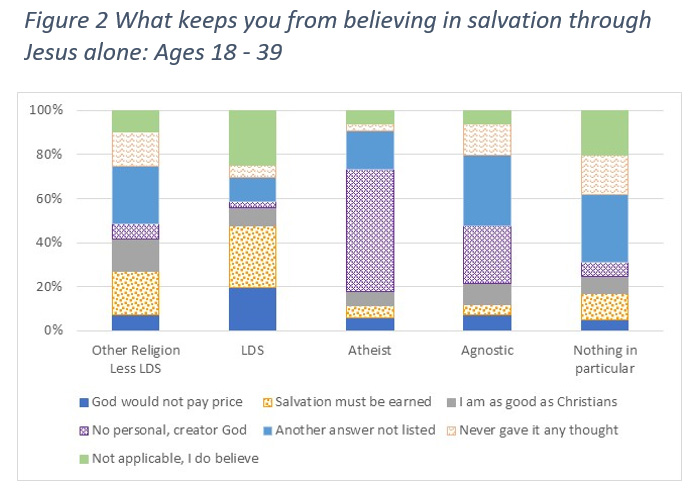 To get a better understanding of what drives these results, we dove further into the makeup of each of these two groups. The results are shown in Figure 2.
To get a better understanding of what drives these results, we dove further into the makeup of each of these two groups. The results are shown in Figure 2.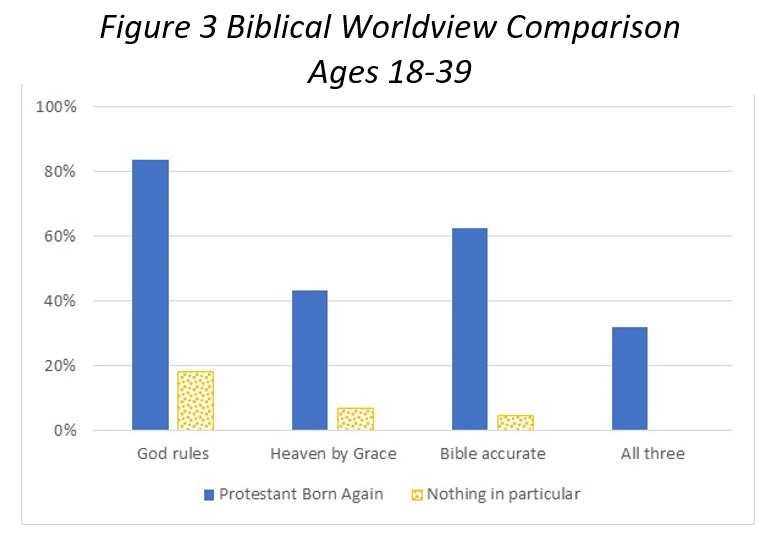 Let’s compare the results for Born-again Protestants and those who claimed to be Nothing in Particular. As shown in Figure 3, for each of the questions those agreeing with a biblical worldview among the Nothing in Particulars is a small fraction of those among Born-again Protestants. When we combine the three questions together, we see one out of three Born-again Protestants vs. no NIPs. Certainly, some of these NIPs came from an evangelical background, but none of them interviewed in our survey ascribe to a basic evangelical worldview as adults. As noted in our first report, one in three orn-again Protestants is a disappointing percentage ascribing to these biblical worldview questions, but it is certainly dramatically better than the Nothing in Particular group.
Let’s compare the results for Born-again Protestants and those who claimed to be Nothing in Particular. As shown in Figure 3, for each of the questions those agreeing with a biblical worldview among the Nothing in Particulars is a small fraction of those among Born-again Protestants. When we combine the three questions together, we see one out of three Born-again Protestants vs. no NIPs. Certainly, some of these NIPs came from an evangelical background, but none of them interviewed in our survey ascribe to a basic evangelical worldview as adults. As noted in our first report, one in three orn-again Protestants is a disappointing percentage ascribing to these biblical worldview questions, but it is certainly dramatically better than the Nothing in Particular group.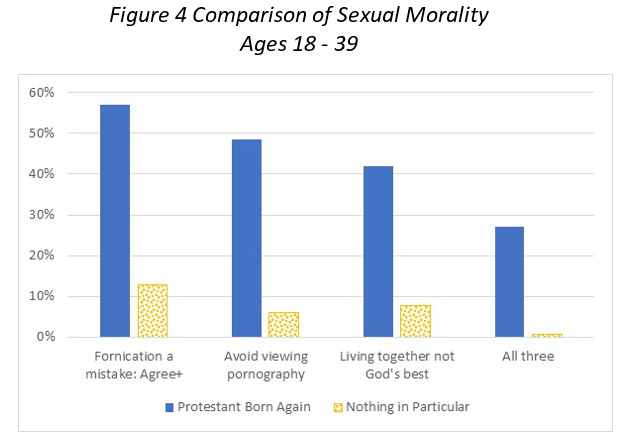 The results from our survey are shown in Figure 4. Once again, we see a large difference between these two groups. Clearly, the NIPs do not ascribe to a biblical view on sexual morality. The majority of Born-again Protestants do not ascribe to those beliefs either, but a significant minority of them do.
The results from our survey are shown in Figure 4. Once again, we see a large difference between these two groups. Clearly, the NIPs do not ascribe to a biblical view on sexual morality. The majority of Born-again Protestants do not ascribe to those beliefs either, but a significant minority of them do.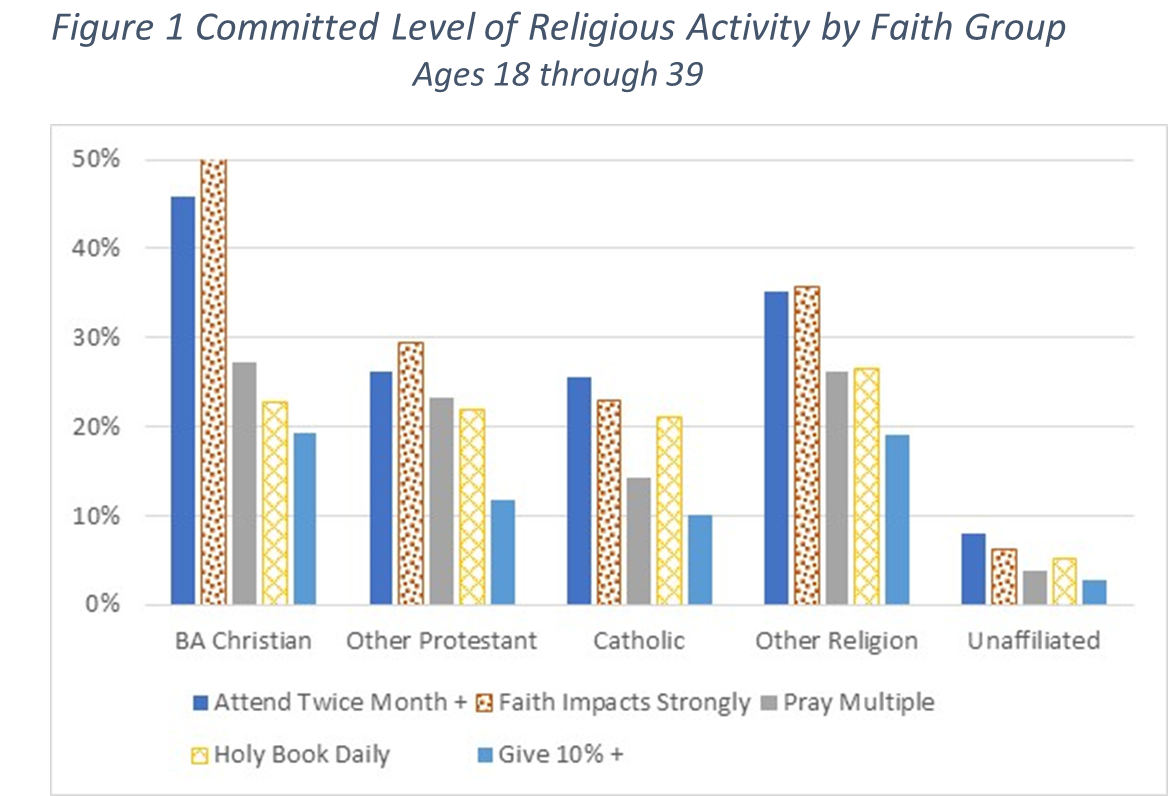
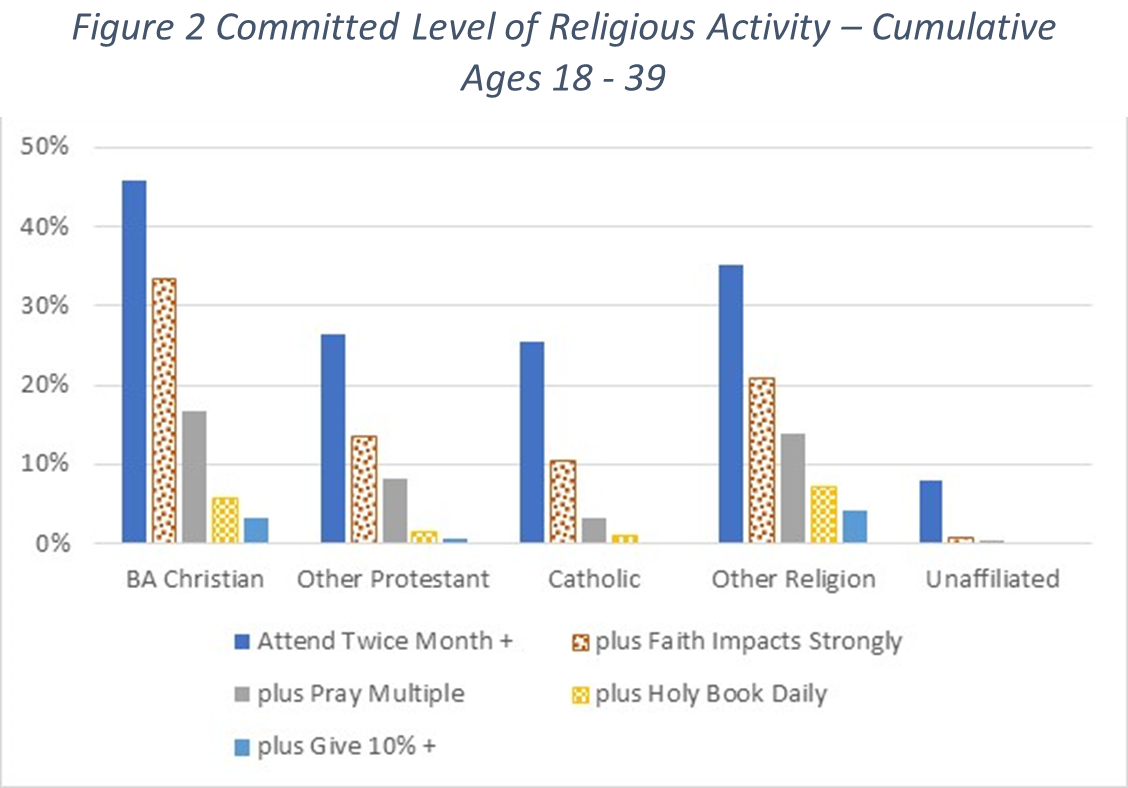
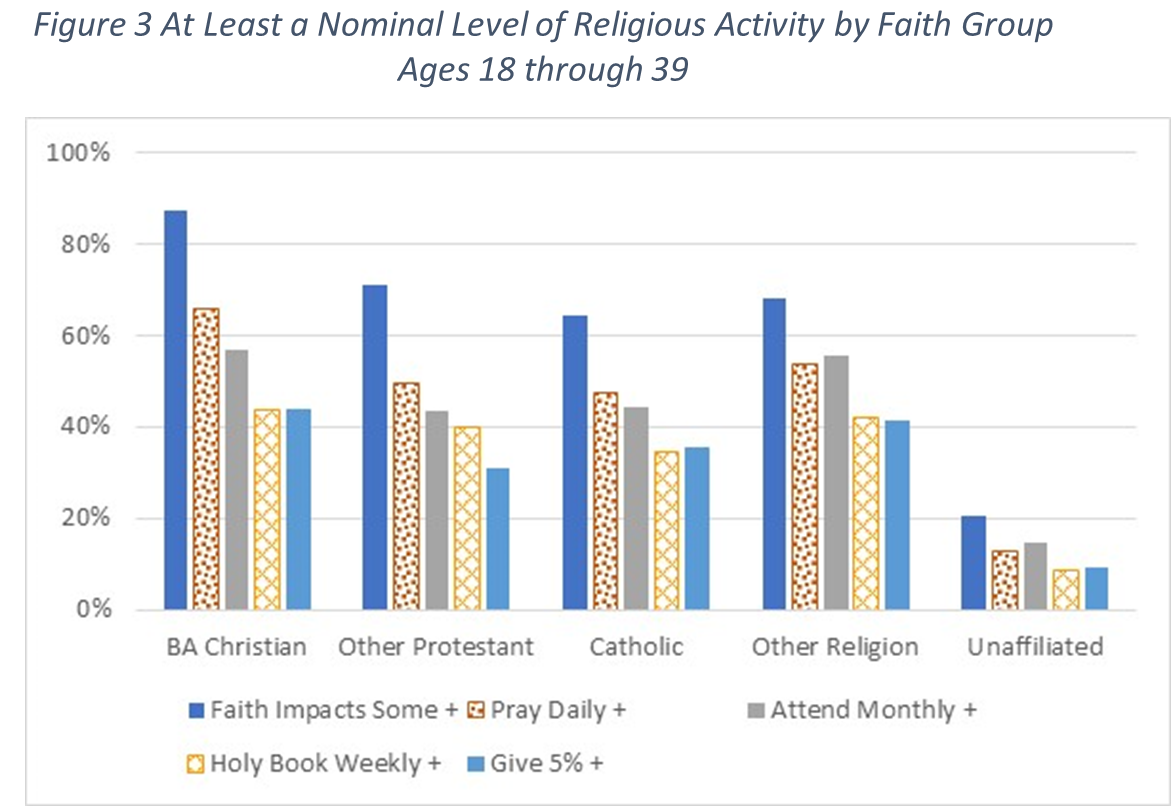 Nominal or Committed Levels of Religious Activity
Nominal or Committed Levels of Religious Activity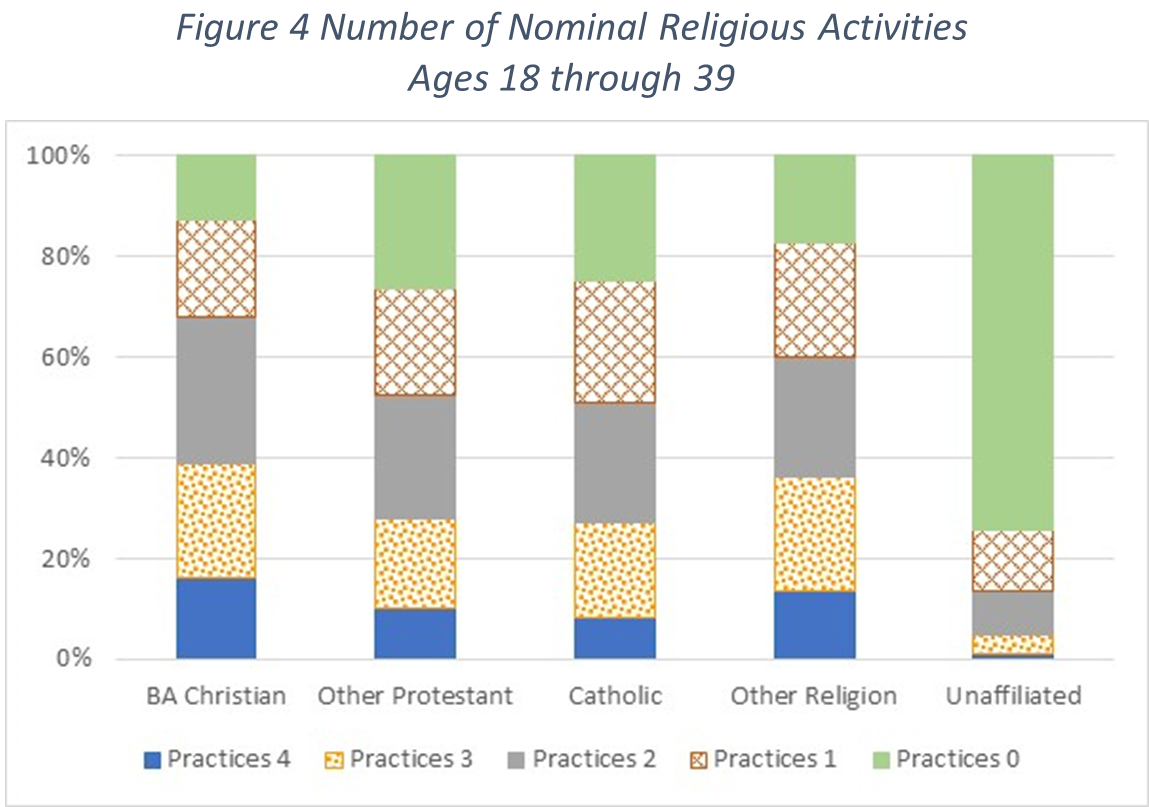
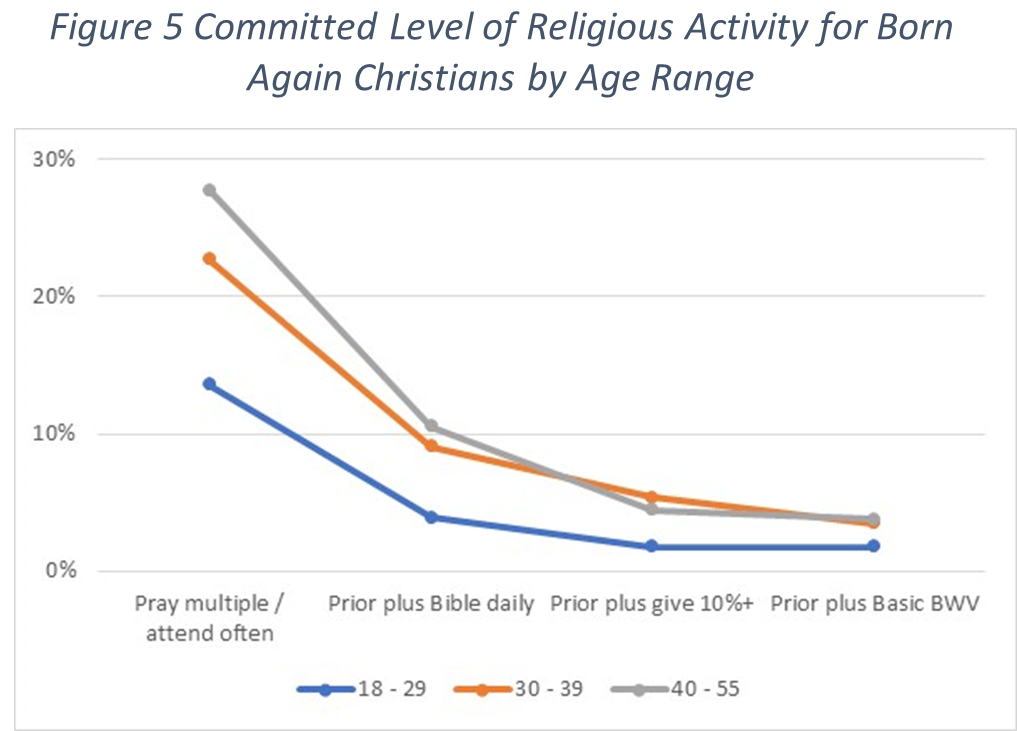
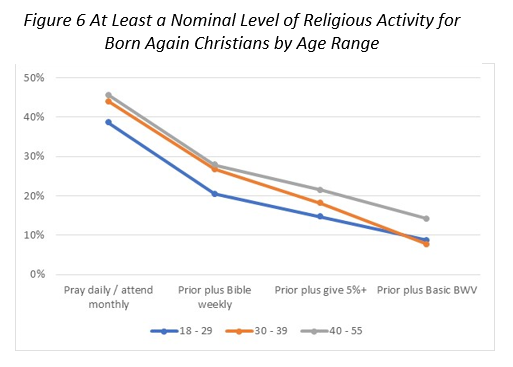
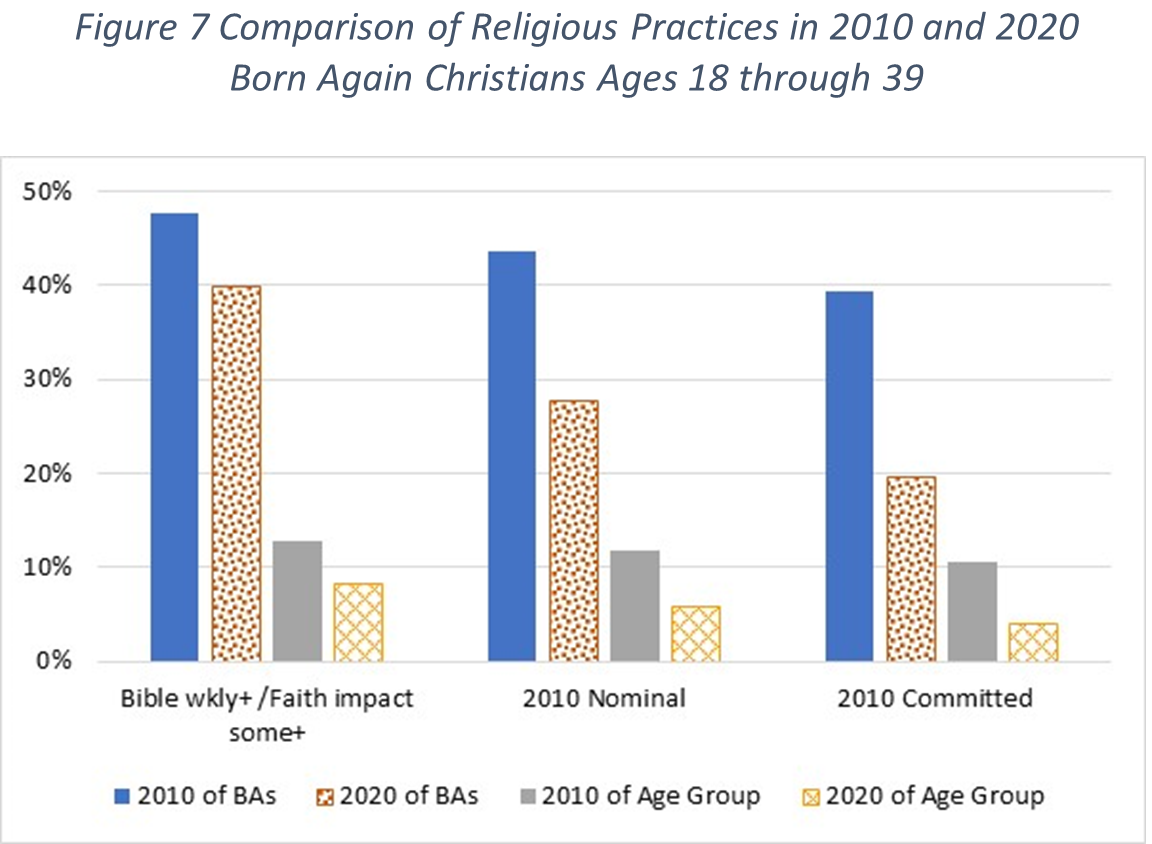
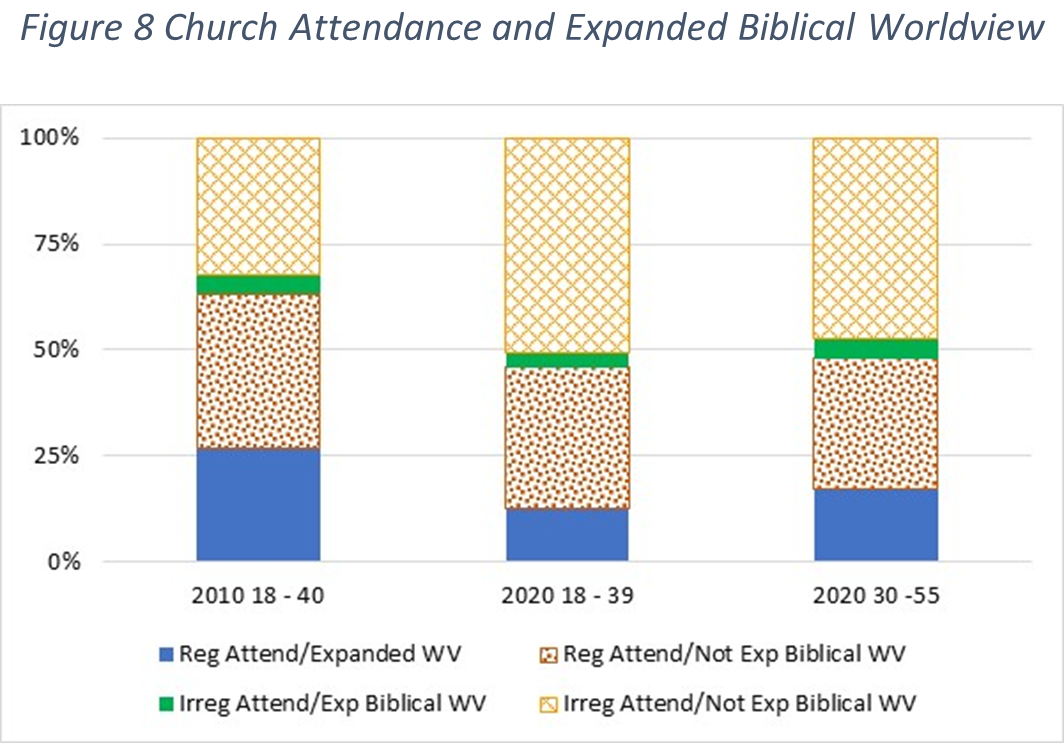 The figure on the left compares the findings from 2010 with those from 2020 using the more stringent Expanded Biblical Worldview. The values shown are the percent of Born-Again Christians (so all columns add up to 100% even though the percentage of Born Again Christians is less in 2020). Two age ranges are used in 2020; the first one is basically the same age range used in 2010 (18 – 39) and the second age range (30 – 55) is very close to the age range of the 2010 survey aged by the ten years that have gone by.
The figure on the left compares the findings from 2010 with those from 2020 using the more stringent Expanded Biblical Worldview. The values shown are the percent of Born-Again Christians (so all columns add up to 100% even though the percentage of Born Again Christians is less in 2020). Two age ranges are used in 2020; the first one is basically the same age range used in 2010 (18 – 39) and the second age range (30 – 55) is very close to the age range of the 2010 survey aged by the ten years that have gone by.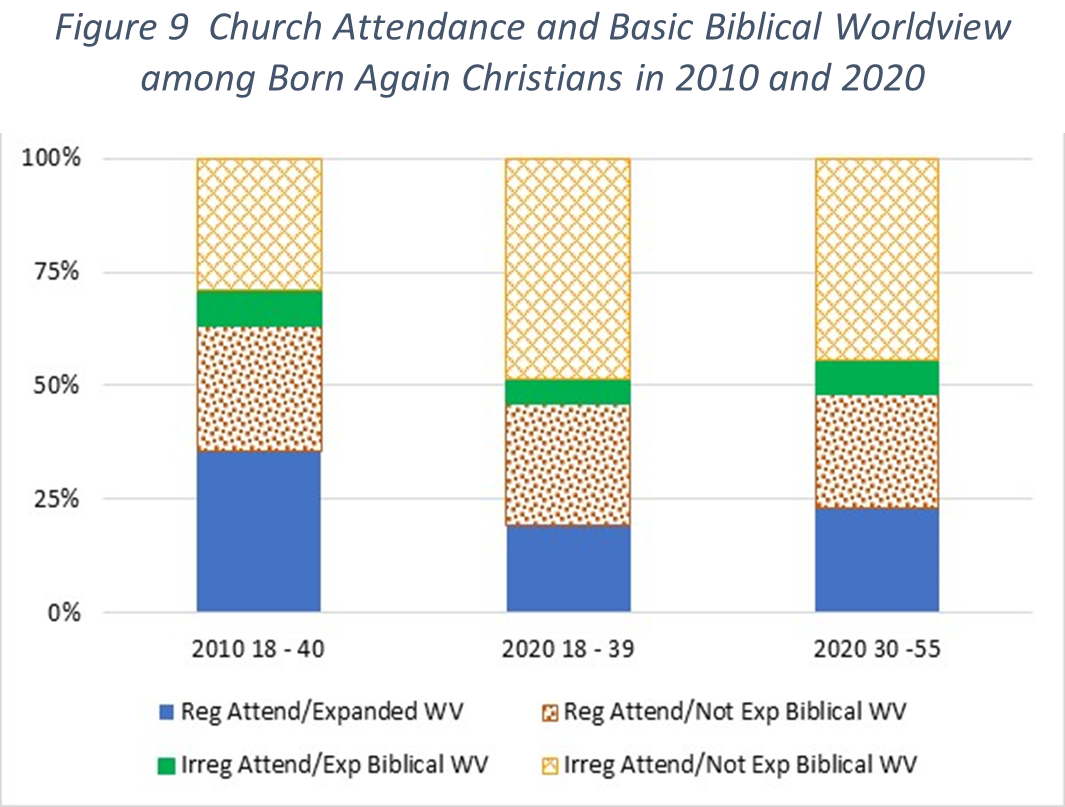 Now let’s examine the same chart using a Basic Biblical Worldview. We see nearly the same features as discussed above. A significant drop is shown in those with regular attendance and a Basic Biblical Worldview coupled with a significant increase in those with irregular attendance and no Basic Biblical Worldview.
Now let’s examine the same chart using a Basic Biblical Worldview. We see nearly the same features as discussed above. A significant drop is shown in those with regular attendance and a Basic Biblical Worldview coupled with a significant increase in those with irregular attendance and no Basic Biblical Worldview.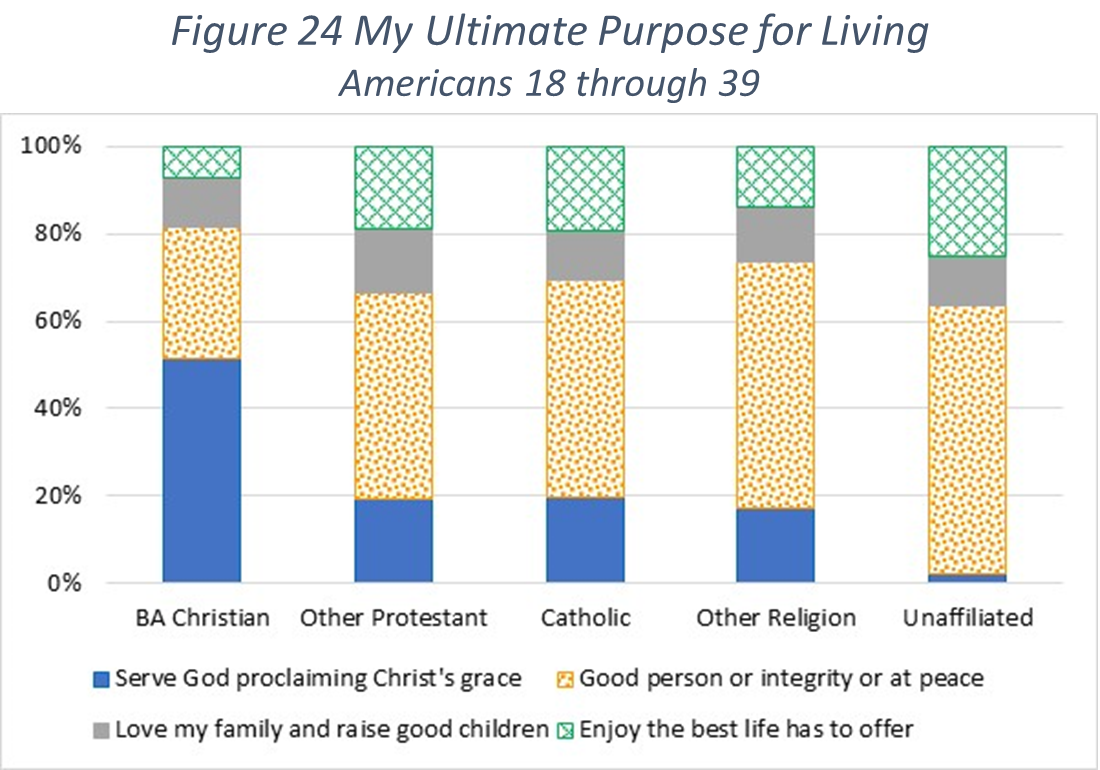 The results are charted in the graph to the left. As shown, just over half of Born Again Christians profess an eternal perspective. This means almost half do not, with most of those selecting a purpose that focuses on good behaviors in their personal life.
The results are charted in the graph to the left. As shown, just over half of Born Again Christians profess an eternal perspective. This means almost half do not, with most of those selecting a purpose that focuses on good behaviors in their personal life.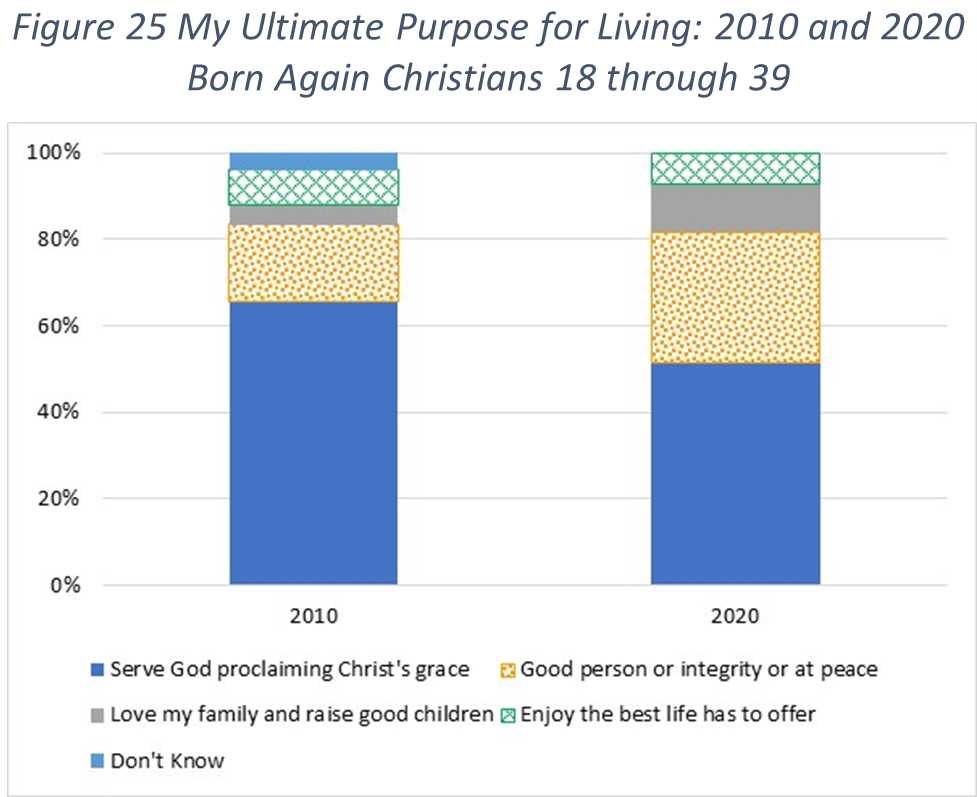
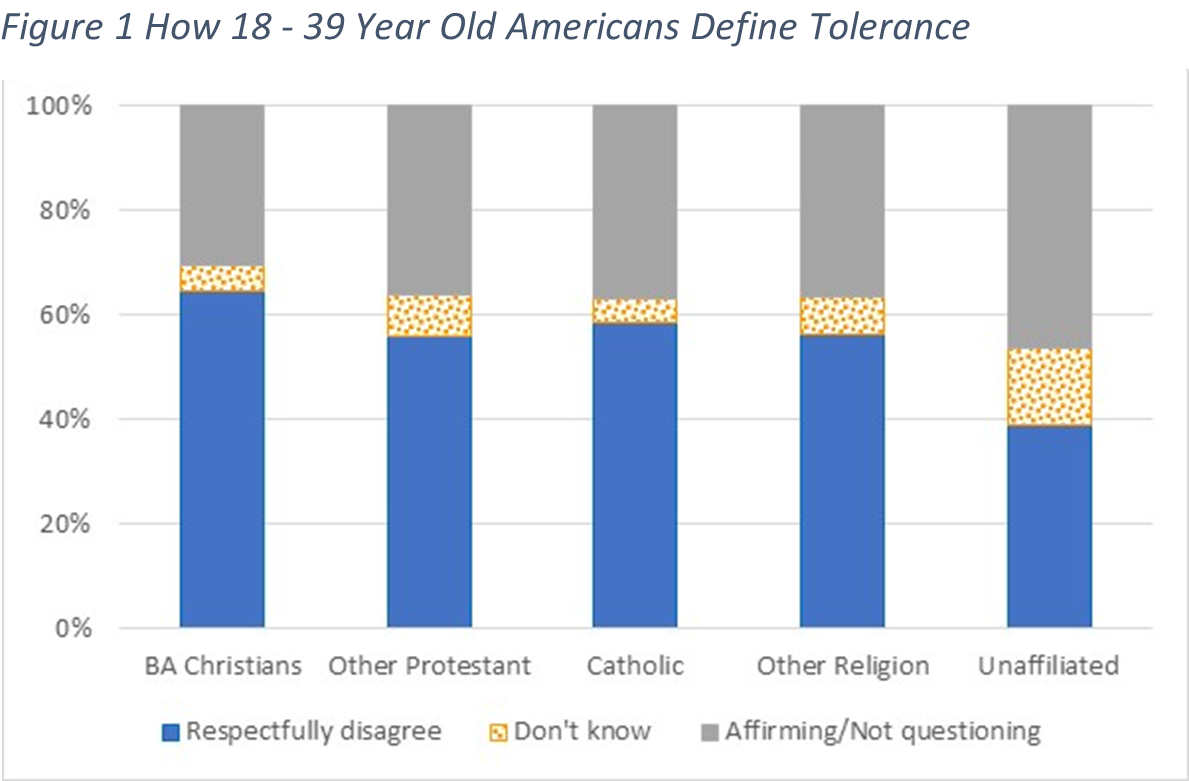
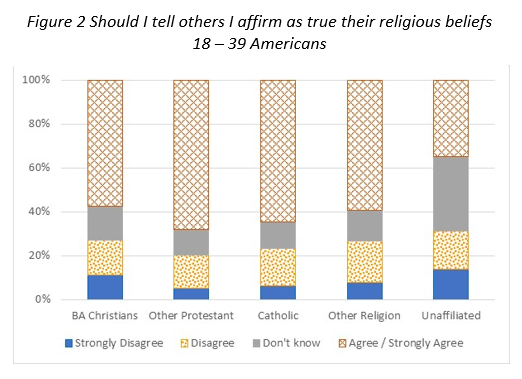
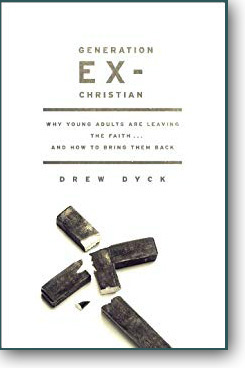 Are there others who are seeing the same degree of disconnect with the truths of Scripture in the life styles and life choices of young, adult Americans? I want to look at one such prominent voice speaking out about these same concerns. Drew Dyck is the author of Generation Ex-Christian: Why Young Adults Are Leaving the Faith . . . And How to Bring Them Back
Are there others who are seeing the same degree of disconnect with the truths of Scripture in the life styles and life choices of young, adult Americans? I want to look at one such prominent voice speaking out about these same concerns. Drew Dyck is the author of Generation Ex-Christian: Why Young Adults Are Leaving the Faith . . . And How to Bring Them Back